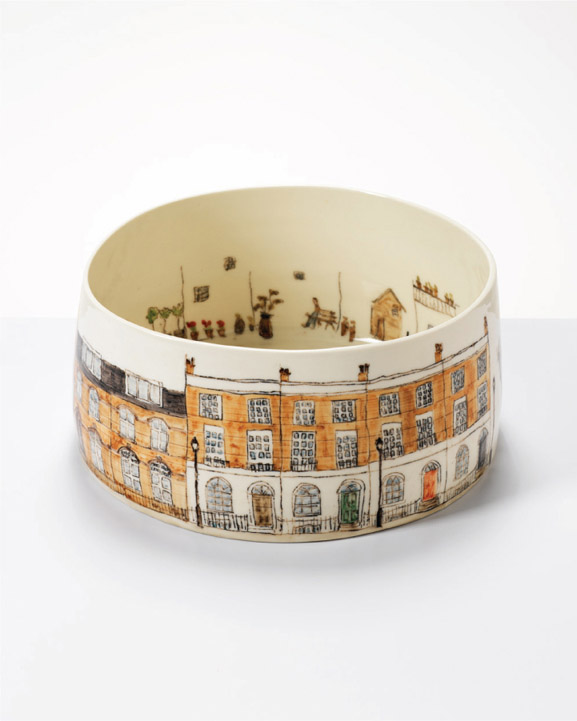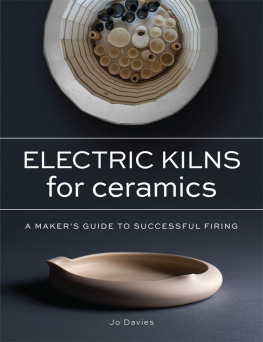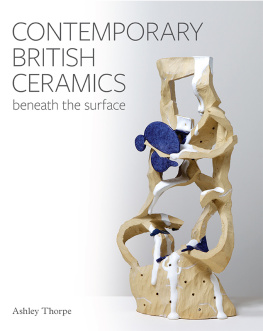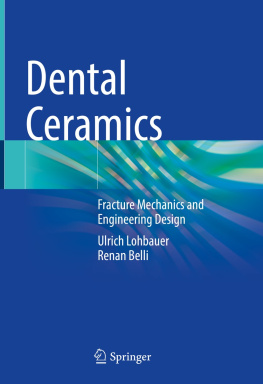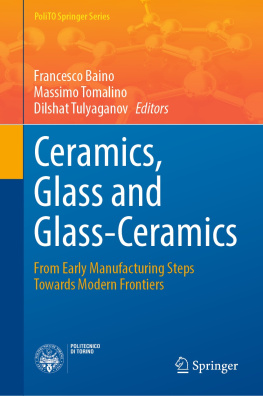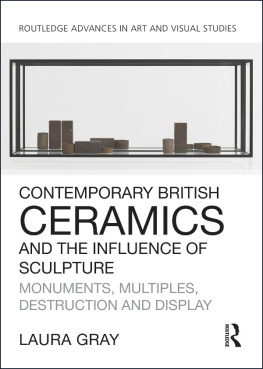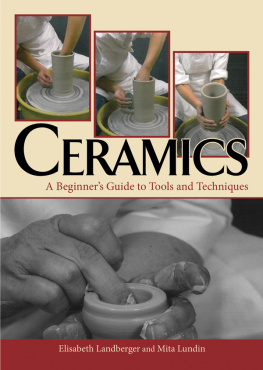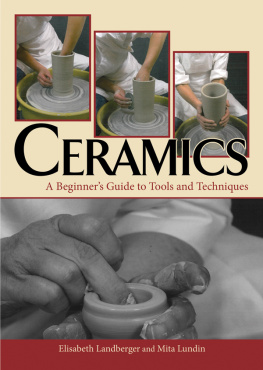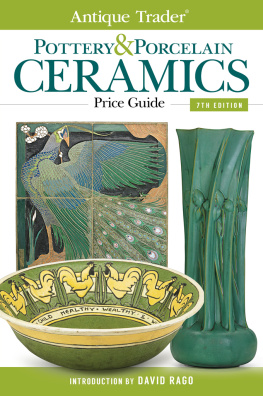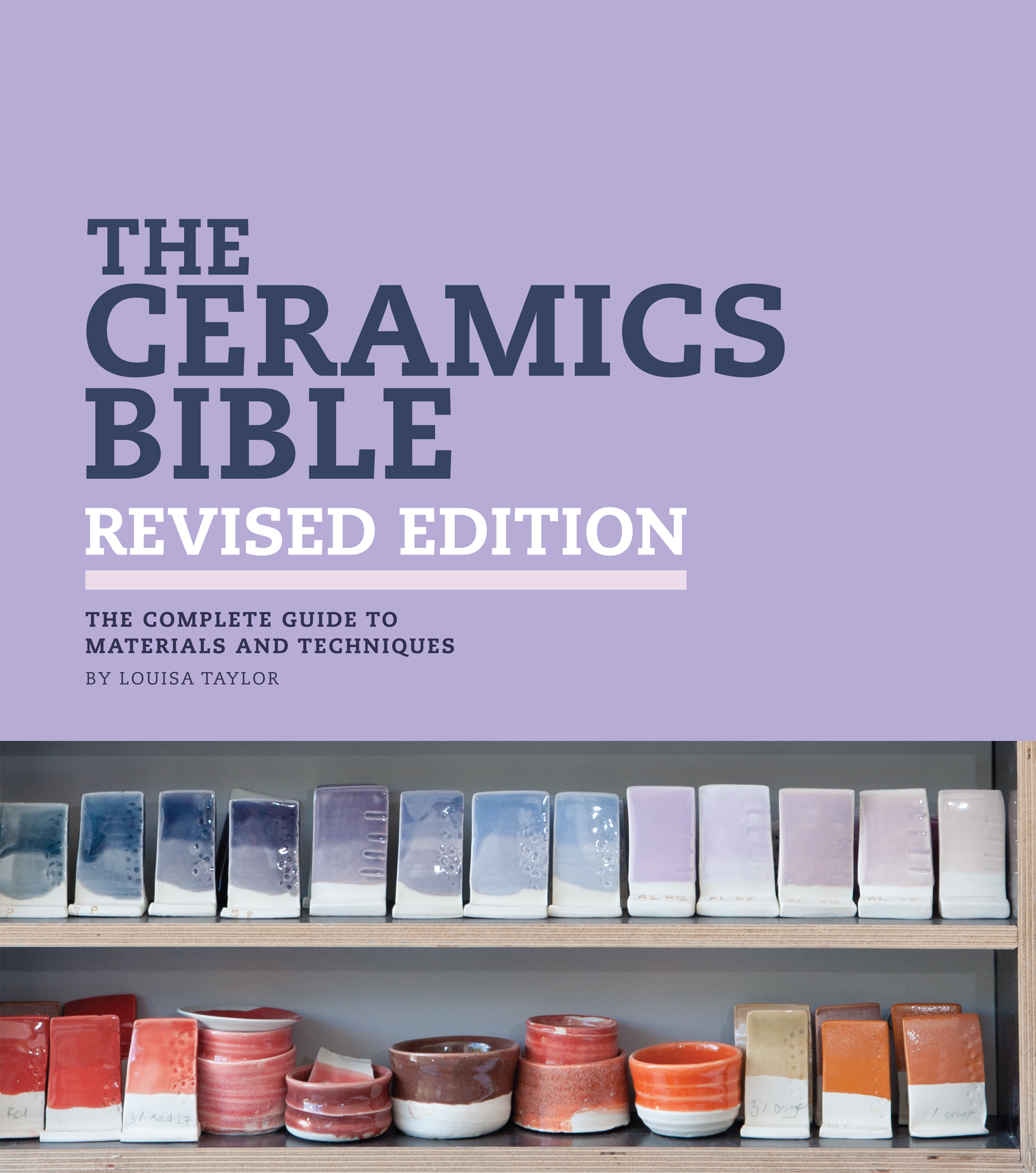Contents
Guide
Pagebreaks of the print version

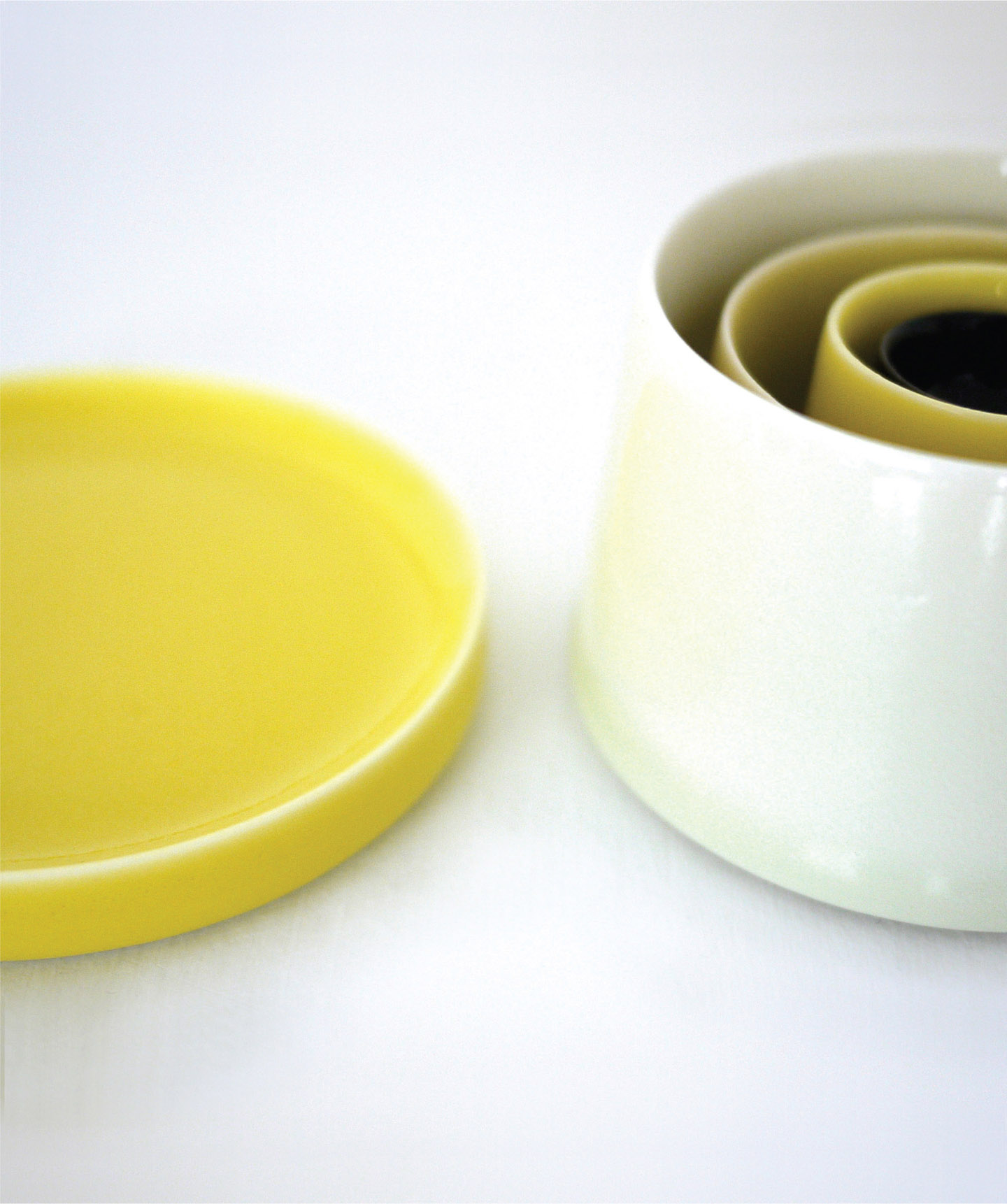
Natasha Daintry
Ziggurat with Small Expanse of Yellow

This revised edition first published in the United States of America in 2022 by Chronicle Books LLC. First published in the United States in hardcover in 2011 by Chronicle Books LLC.
This revised edition originally published in the United Kingdom in 2022 by Quarto Publishing PLC.
Copyright 2022 by Quarto Publishing PLC.
All rights reserved. No part of this book may be reproduced in any form without written permission from the publisher.
The Library of Congress has cataloged the previous edition under ISBN 978-1-4521-0162-0.
ISBN 978-1-7972-1514-3 (hardcover)
ISBN 978-1-7972-2035-2 (epub)
Cover design by Angie Kang.
Chronicle books and gifts are available at special quantity discounts to corporations, professional associations, literacy programs, and other organizations. For details and discount information, please contact our premiums department at or at 1-800-759-0190.
Chronicle Books LLC
680 Second Street
San Francisco, California 94107
www.chroniclebooks.com
For my wonderful husband, Matt, for all your support and encouragement.

Louisa Taylor
Mustard pots and spoons
Table of Contents
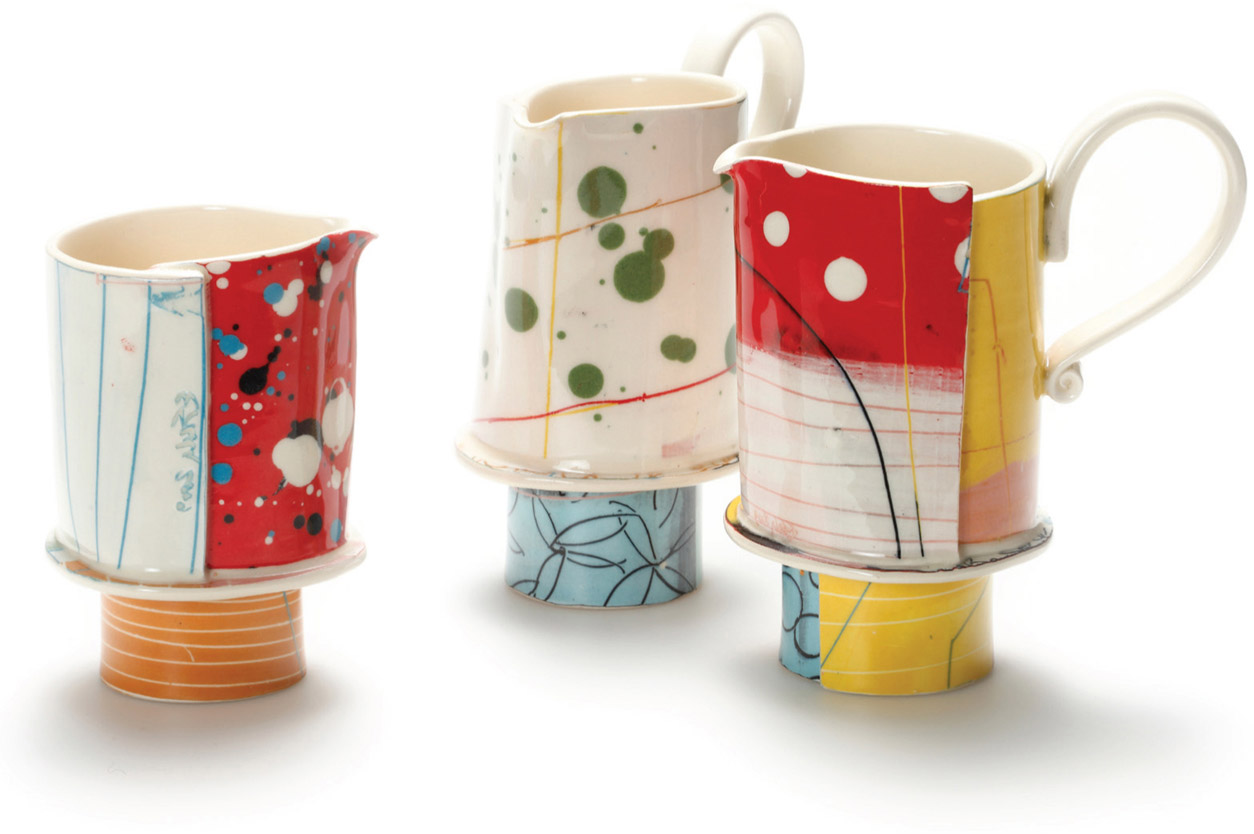
Introduction
Clay is an extremely versatile and fascinating material. It can be sculpted, manipulated, and shaped into any form imaginable; then, with the application of immense heat, it can be changed into a state of permanence. Unlike other media, there is a sense of unpredictability and mystery surrounding clay once it enters the kiln; it is never fully within our control and outcomes are not guaranteed. It is the investigation into the unknown, the potential of discovery and reward, that challenges artists to keep pushing beyond the boundaries.
About this book
This book is both a practical and an inspirational resource for students, enthusiasts, and anyone intrigued by the material. It offers an in-depth introduction to a wide range of ceramic processes and techniques, which are shown in concise, easy-to-follow, step-by-step instructions. This revised edition features the latest developments and innovations that continue to drive the discipline of ceramics forward, including a new section on three-dimensional clay printing and an improved resources chapter to help prepare you for a successful career in ceramics.
Rather than adopting a prescriptive, manual-style tone, the techniques demonstrated are open to interpretation; they are not intended to suggest that there is only one way to reach a destination. Nor does the book dictate what to make; the step by steps are intended to be component-based to allow for freedom in exploring the potential of the techniques. Traditional methods are challenged by nontraditional methods; we also discuss the latest technologies and working practices. The aim is to encourage the reader to be experimental and inquisitive, to create a foundation to build on as their confidence grows.
Alongside technique and skill, it is the application and execution of a concept that asserts a strong identity and voice within the material. This visual language can be developed by means of research, drawing, sketching, visiting galleries and museums, or even discussing ideas with others. The work presented reflects this notion and celebrates the innovation, skill, and talent of artists from all over the world. Some are just emerging; others are more established in their careers. At the end of each section, a selected artist offers a personal insight into his or her creative practice and shares with the reader the experiences, inspirations, and motivation behind the work.
I hope this book will take the reader on a journey of discovery and self-development. Throughout the process, it is important to recognize that the acquisition of any skill is a direct result of an investment of time and will develop with practice and persistence. This book has been created to excite and enthuse, and to implement a fresh, contemporary approach to using clay as a means of artistic expression.
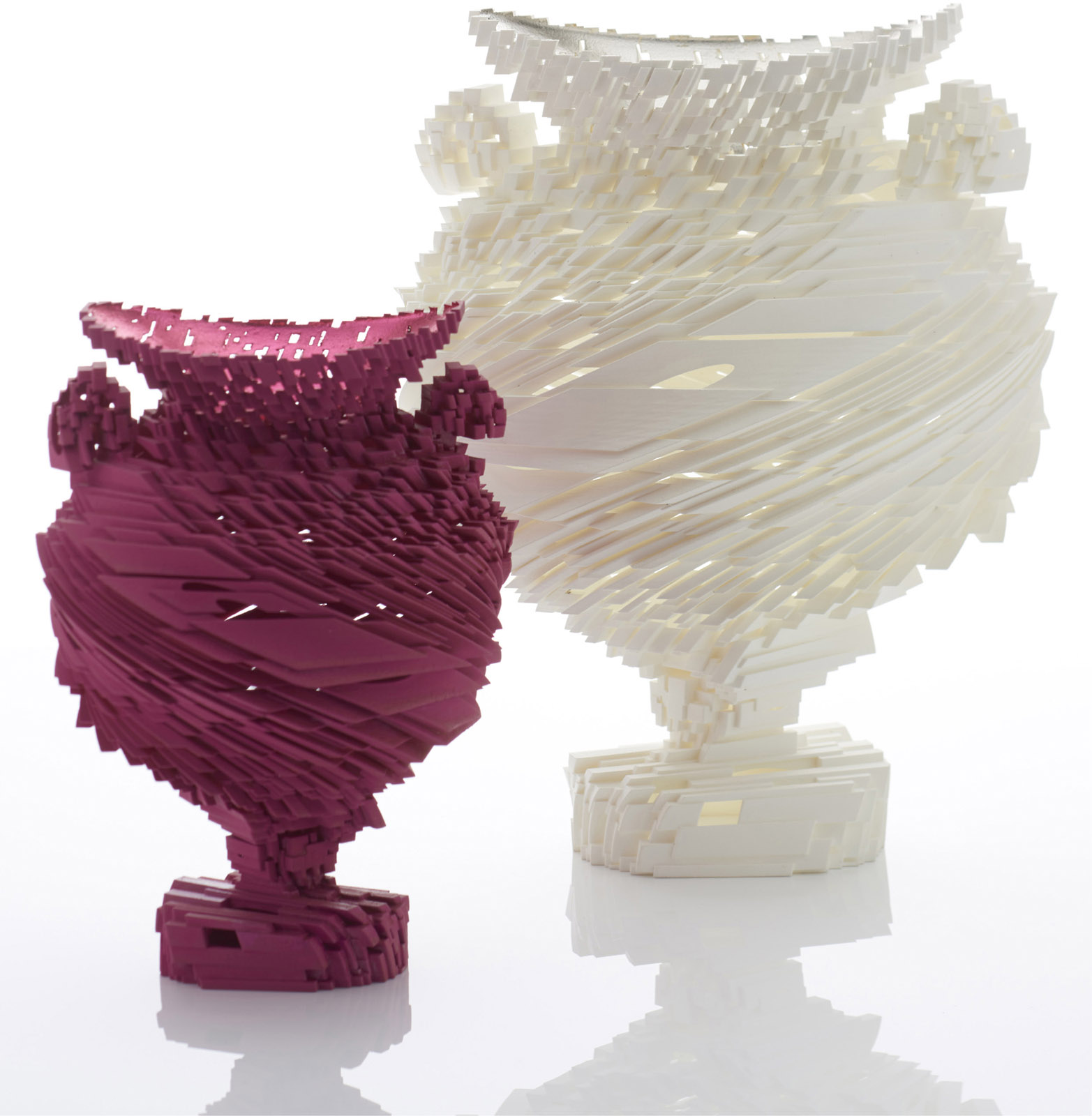
Michael Eden (UK)
Voxel Vessel IV, 2014
H: 9in (23cm), W: 6in (16cm), D: 6 in (17cm)
Voxel Vessel VII, 2014
H: 12in (32cm), W: 10in (25cm), D: 9in (23cm)
Voxel Vessel IV and Voxel Vessel VII: Additive layer manufacturing using high-quality nylon material with a pink soft mineral coating and colored silver leaf interior; white soft mineral coating and palladium leaf interior
The Voxel Vessel explores the difference between the perception of physical objects in the real world to digital representations in a virtual world. My aim is to fully embrace the new technology, not for its own sake, but in order to create artworks with a narrative content that explore our relationship to digital technology and are impossible to make using traditional ceramic processes.
Types of ceramic ware
The subject of ceramics is a diverse field to explore. Types of ceramics range from domestic ware and one-off art pieces to jewelry, lighting, dentistry, and even components for space shuttles. Within studio practice, the work of the clay practitioner can loosely be described by the following subcategories, although this is by no means a definitive list. Arguably the work could bestride any number of these groups, and therefore the categorization is subjective.
Tableware
Objects for use, emphasis on function.
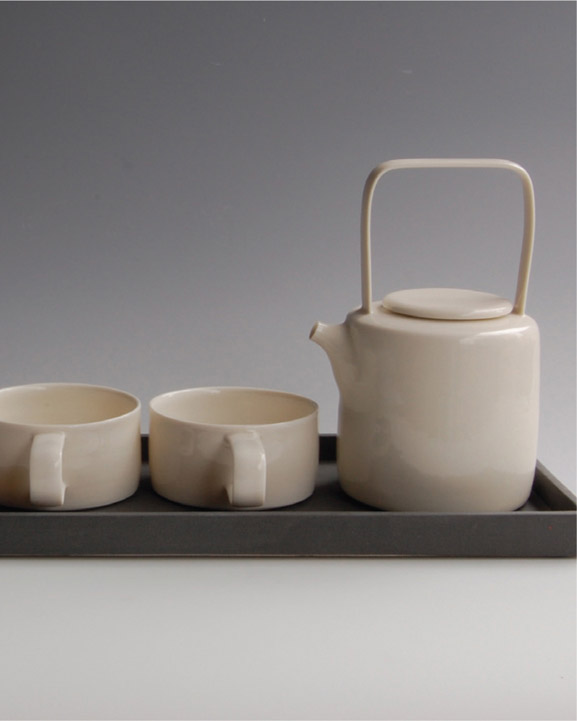
Derek Wilson (UK)
Porcelain Tea Set, 2009/10
H: 8in (21cm), W: 7in (18cm), L: 13in (34cm)
Handthrown; extruded handles; slab-built tray coated in a dark gray engobe
These forms are inspired by Japanese formalism, minimalism, and reductivist theories.
Vessel
Sense of containment, be it functional or nonfunctional.
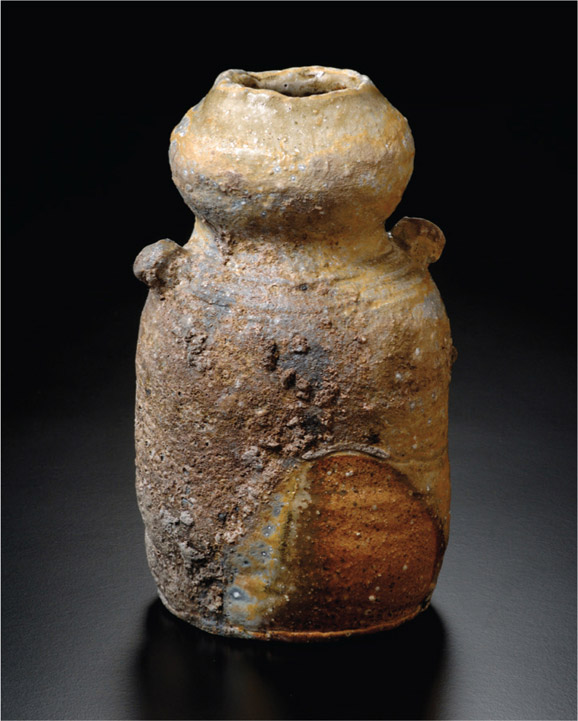
Uwe Lllmann (Germany)
Vessel, 2007
H: 13in (34cm)
Stoneware, wood-fired in an anagama kiln for seven days; natural ash glaze
Decorative
The relationship between surface and form.
